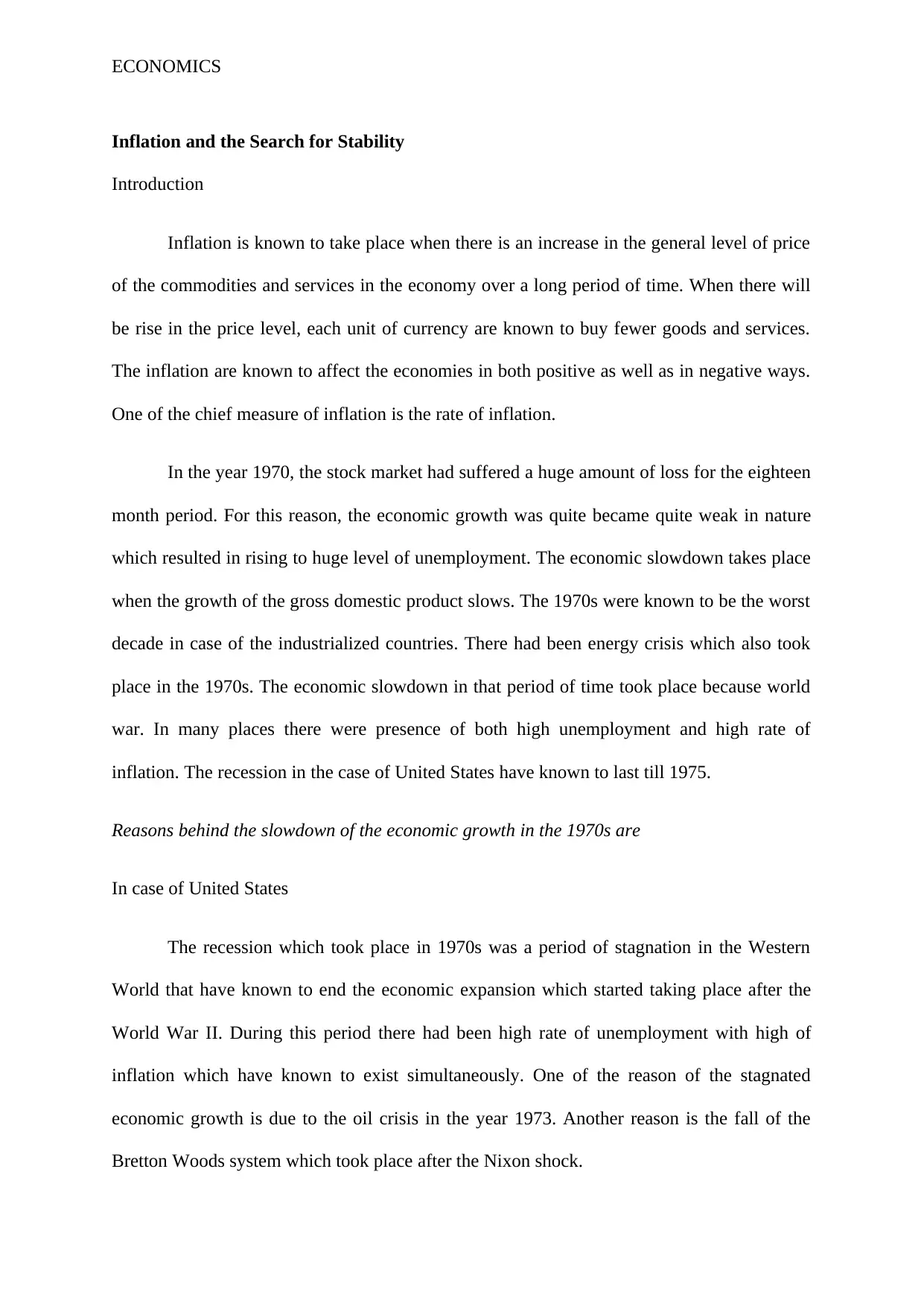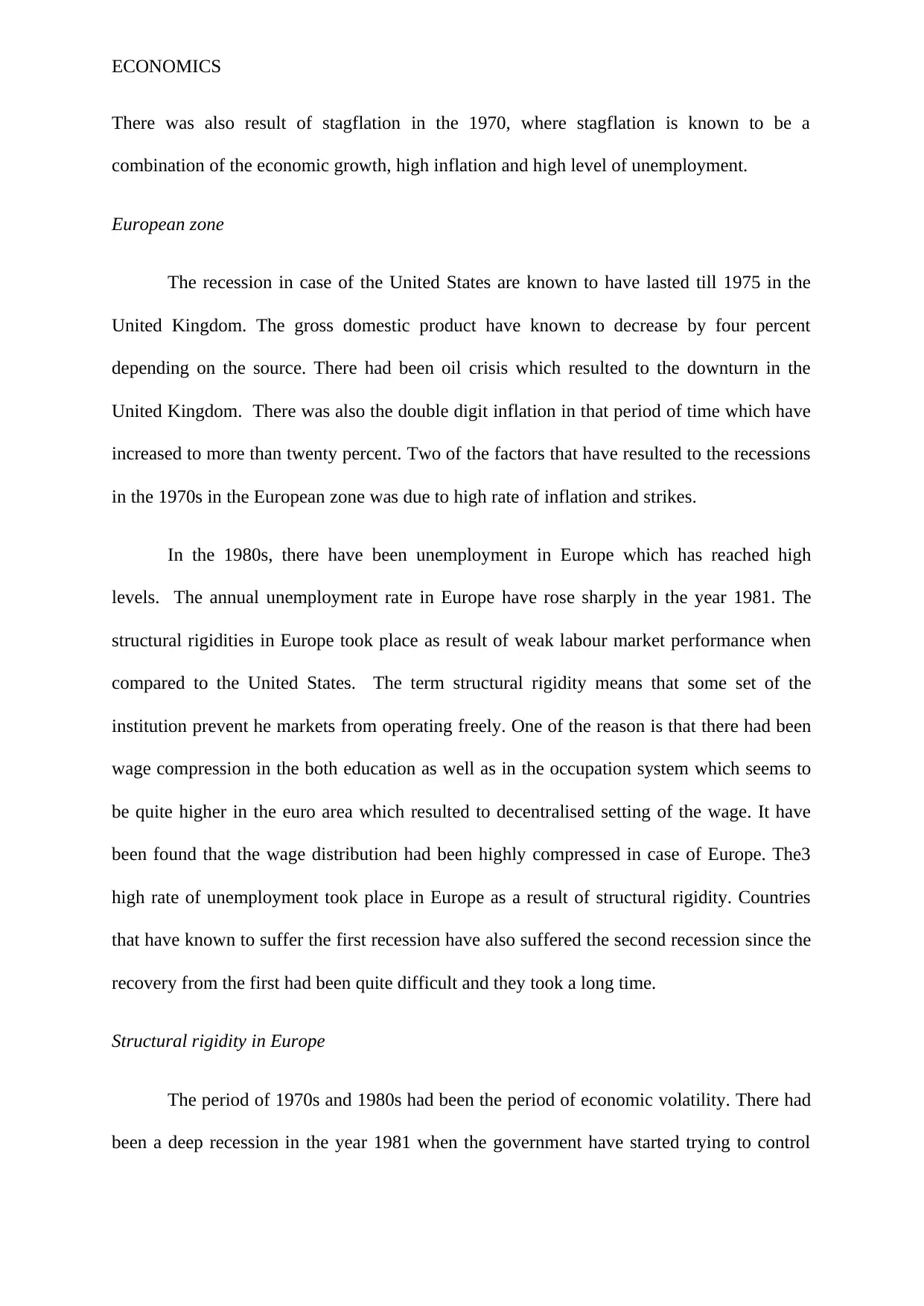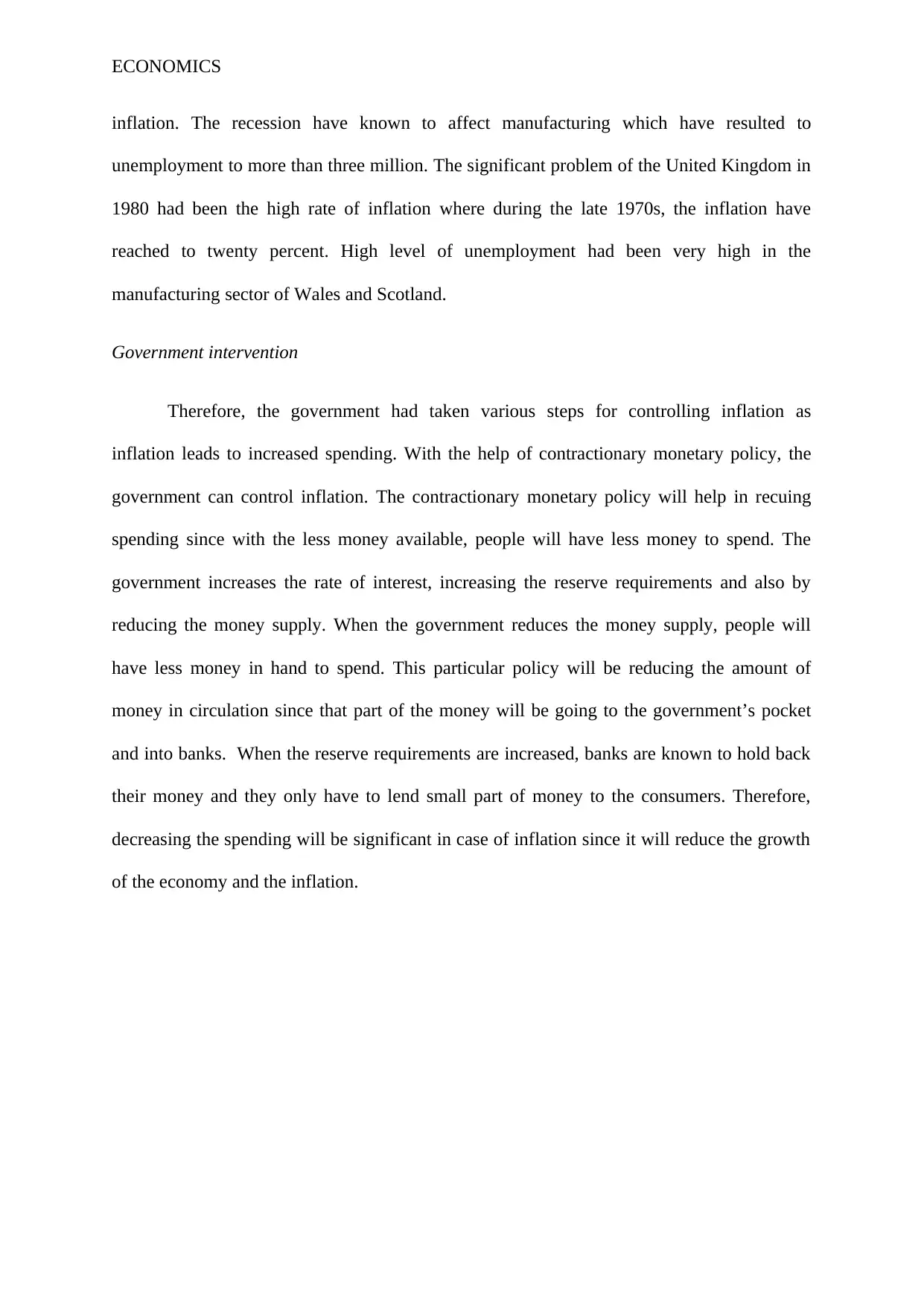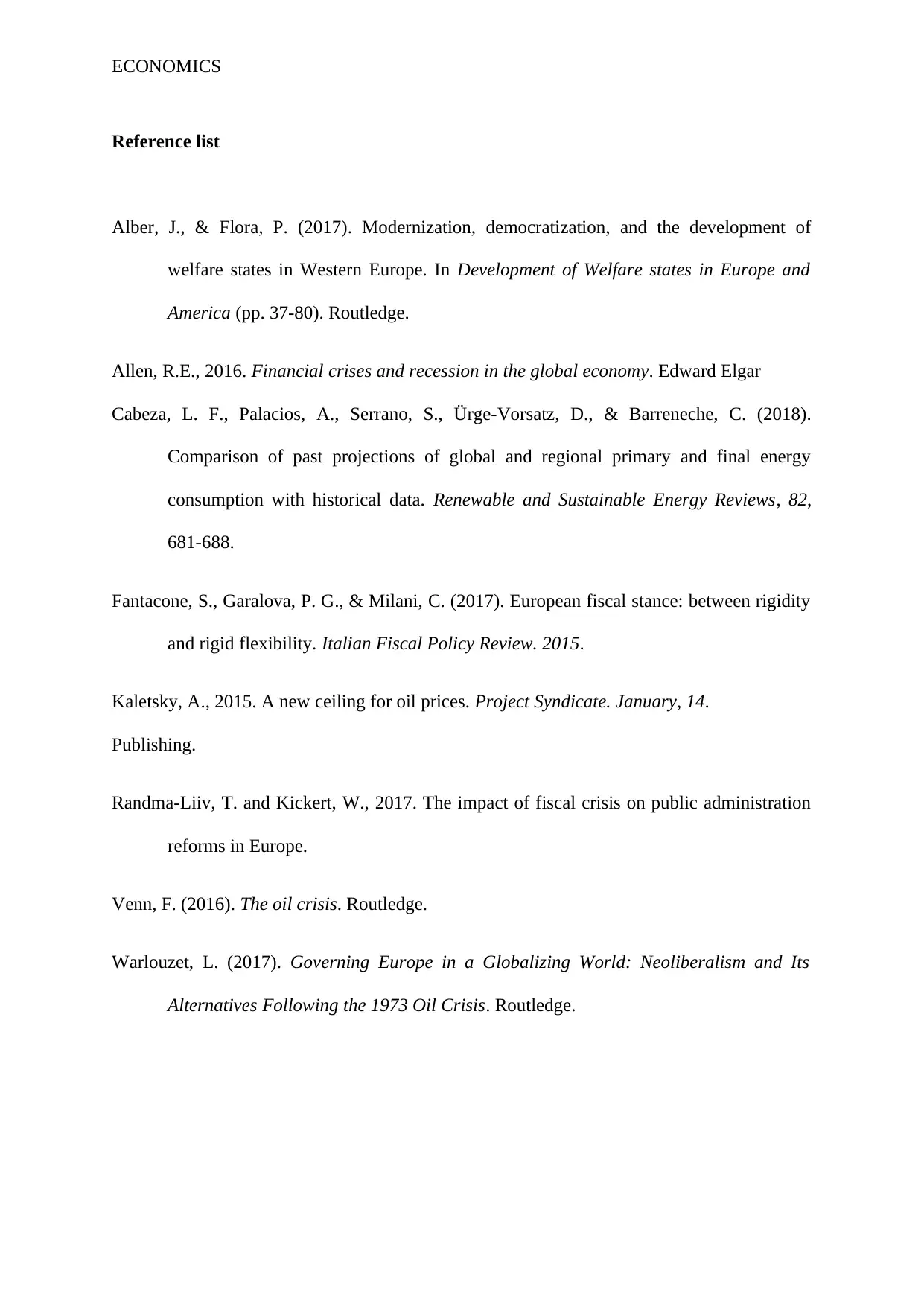In this document we will discuss about Inflation and the Search for Stability and below are the summary points of this document:-
Inflation and its effects on the economy, particularly during the 1970s and 1980s.
Inflation occurs when there is a general increase in the price level of commodities and services over time, leading to decreased purchasing power.
The rate of inflation is an important measure of this phenomenon. During the 1970s, there was a global economic slowdown due to various factors, including the energy crisis, the fall of the Bretton Woods system, and stagflation.
In Europe, there were high levels of unemployment and structural rigidity that prevented free market operation, leading to high inflation and strikes.
The government intervened by implementing contractionary monetary policies to reduce spending and control inflation.
![[object Object]](/_next/static/media/star-bottom.7253800d.svg)
![[object Object]](/_next/static/media/star-bottom.7253800d.svg)





